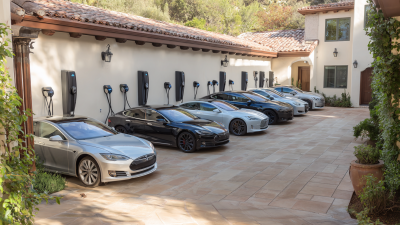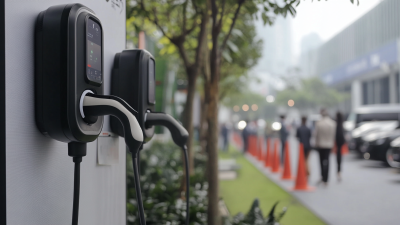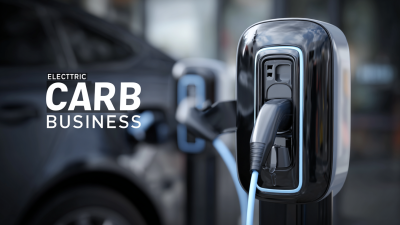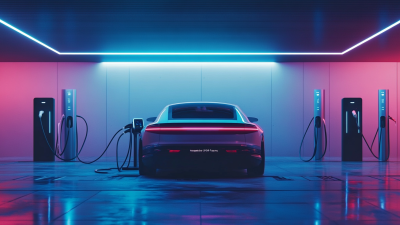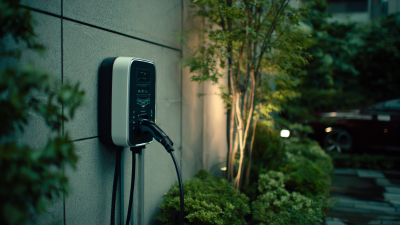As the world steers towards a more sustainable future, electric vehicles (EVs) are gaining popularity, making the need for convenient charging solutions increasingly important. One of the most practical ways to ensure your electric car is always ready to go is by installing a Home Vehicle Charging Station. This setup not only offers the convenience of charging your vehicle overnight but also significantly reduces reliance on public charging networks.
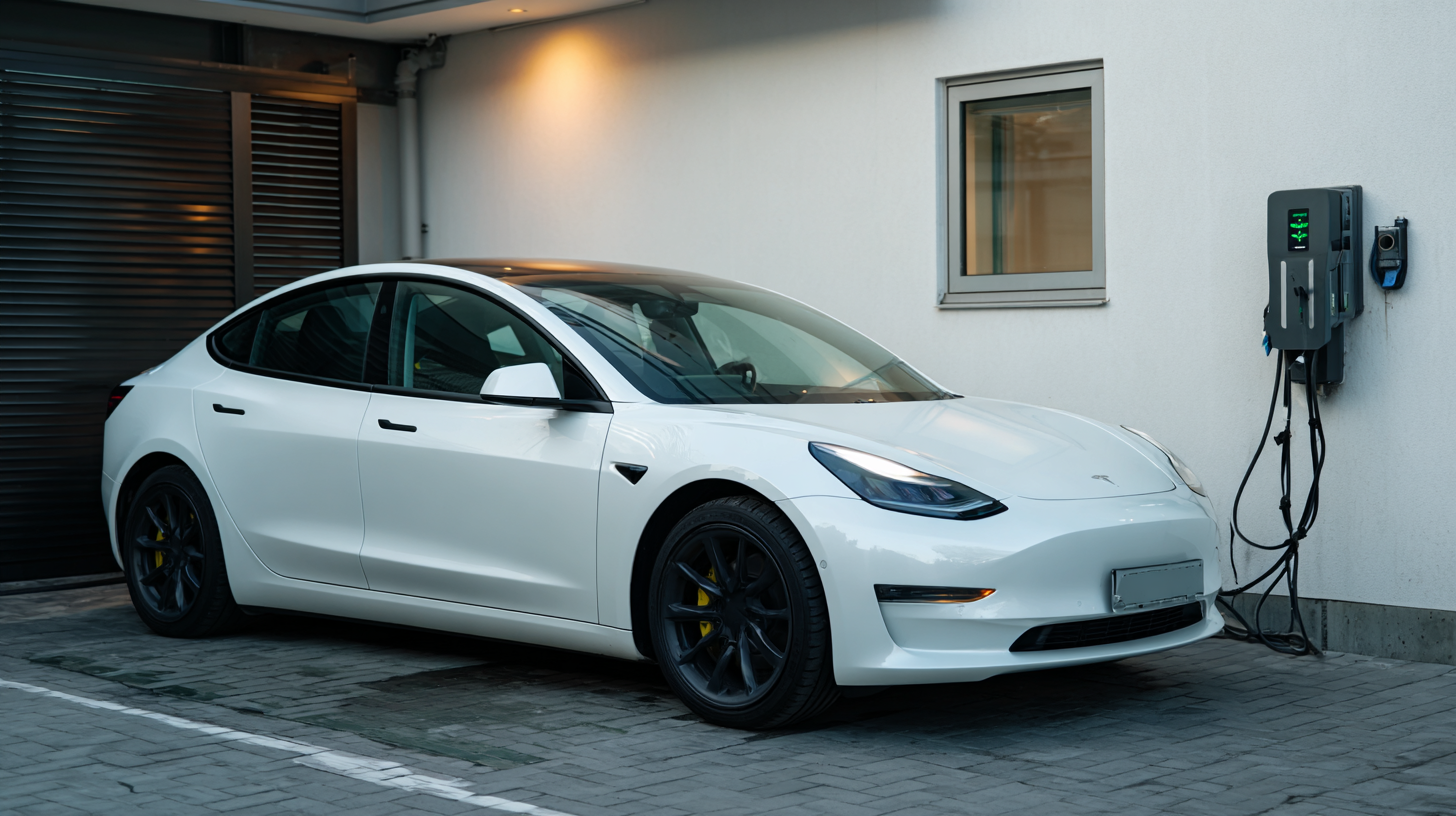
In this guide, we will explore the essential steps to create your own home-based charging station, detailing the equipment needed, installation tips, and safety considerations to keep in mind. Whether you're a new EV owner or considering making the switch, having a Home Vehicle Charging Station will enhance your driving experience while contributing positively to the environment.
When setting up a home vehicle charging station for electric cars, choosing the right location is crucial for ensuring efficiency and convenience. Ideally, the charging station should be installed close to where the vehicle is parked, whether that is a garage or a dedicated parking area outside the home. This minimizes the length of the charging cable needed, reducing potential hazards and making the entire process more straightforward. Additionally, consider the proximity to your electrical panel; a shorter distance can help reduce installation costs and enhance safety, as longer electrical runs can sometimes lead to voltage drop.
Another factor to keep in mind when selecting a location is the accessibility of the charging station. It's important that the setup allows for easy parking and connection to the vehicle without obstruction. Look for areas that offer sufficient space for maneuvering the car, as well as sufficient overhead clearance, especially if you are using a mounted charger. Furthermore, consider factors like shade from trees or structures to protect the equipment from harsh weather conditions, which can prolong the lifespan of both your charging station and your vehicle battery.
| Location Criteria | Recommended Features | Considerations | Proximity to Electrical Panel |
|---|---|---|---|
| Garage or Carport | Covered area to protect from weather | Ensure enough space for maneuvering | Close to electrical panel for easier installation |
| Driveway | Easy access and visibility | Check local regulations for placement | Moderate distance is acceptable |
| Near Outdoor Outlets | Convenient for plugin chargers | Ensure outlet can handle the charger load | Variable distance, safety checks required |
| Proximity to Main Road | Visibility for easy access | Traffic safety must be considered | Distance can vary; safety first |
When setting up a home vehicle charging station for your electric car, it's essential to understand the different types of chargers available. The three primary categories are Level 1, Level 2, and DC Fast Chargers. Level 1 chargers use a standard 120-volt outlet and are typically suitable for overnight charging. They are the most accessible option for homeowners but may take a considerable amount of time to fully charge an electric vehicle, usually ranging from 8 to 20 hours depending on battery size.
On the other hand, Level 2 chargers operate on a 240-volt outlet and significantly reduce charging time, often providing a full charge in just 4-6 hours. This type is ideal for most homeowners who need a reliable and efficient charging solution, particularly those who drive electric vehicles daily. For those who require even faster charging, DC Fast Chargers are available, commonly found in public charging stations. They can replenish a vehicle's battery to 80% in around 30 minutes, making them perfect for quick top-ups during longer trips. Each charger type serves distinct needs, and understanding these differences is key to selecting the right setup for your home charging station.
When setting up your own home vehicle charging station for electric cars, having the right tools and equipment is crucial for a successful installation.
Begin by gathering essential tools such as a drill, socket set, and screwdrivers. A stud finder will be handy to locate safe mounting points if you're attaching the charging unit to a wall.
Additionally, a level will help ensure that your unit is mounted straight, providing both functionality and aesthetic appeal.
In terms of equipment, a quality electric vehicle supply equipment (EVSE) is essential.
Choose a charging station that suits your vehicle's specifications, such as amperage and voltage requirements. You may also need electrical wiring, circuit breakers, and conduit to safely connect the charging station to your home’s electrical system.
It's worthwhile to invest in a professional-grade surge protector to safeguard your equipment against power surges.
By preparing the right tools and equipment beforehand, you’ll simplify the installation process and enhance the efficiency of your home charging station.

Setting up your own home vehicle charging station for electric cars can significantly enhance your electric vehicle (EV) ownership experience. According to the U.S. Department of Energy, the adoption of EVs is expected to increase, with projections indicating that by 2030, 18.7 million electric cars will be on the roads. This growing trend necessitates convenient home charging solutions.
To begin with, assessing your electrical system is crucial. Most home chargers require a dedicated circuit of at least 30 amps, ensuring a quick and safe charging experience. The National Renewable Energy Laboratory suggests that Level 2 chargers, which offer up to 25 miles of range per hour of charging, are the most efficient choice for home setups. After ensuring your electrical system can handle the charger, choose a suitable location—ideally near your parking area. Be sure to comply with local regulations and consider hiring a licensed electrician for installation.
Once your charger is installed, implementing a smart charging system can further optimize your charging process. These systems allow you to schedule charging during off-peak hours, potentially reducing your electricity costs. According to the Electric Power Research Institute, utilizing smart charging could save EV owners approximately $200 per year on energy bills. By following these steps and utilizing the right tools, you can enjoy a seamless charging experience at home that supports the future of clean transportation.
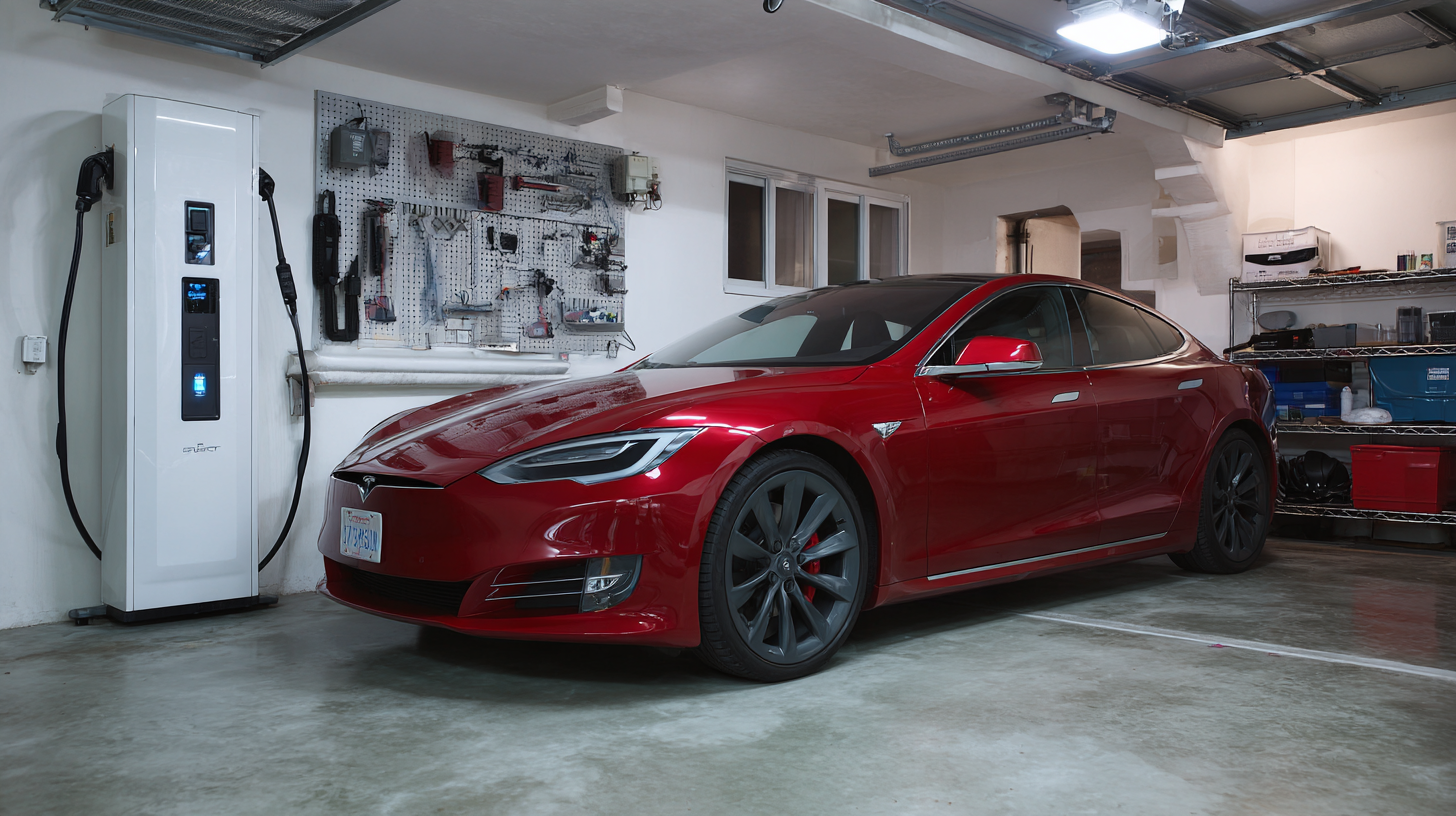
When setting up a home vehicle charging station for electric cars, safety should be a top priority. First and foremost, ensure that the electrical circuit you are using is dedicated solely to the charging unit to prevent overloads. It is advisable to consult with a certified electrician who can evaluate your home’s electrical system and recommend the appropriate amperage for your charger. Additionally, consider the placement of your charging station; it should be in a dry, well-ventilated area to minimize the risk of electrical hazards.
Regular maintenance is crucial for ensuring the longevity and efficiency of your charging setup. Periodically check the charging cable and connectors for any signs of wear or damage, as frayed cables can pose significant safety risks. Keep the charging station clean and free from debris to prevent overheating. It’s also wise to stay updated on software or firmware updates provided by the charger’s manufacturer, as these can improve functionality and safety features. By following these safety tips and maintenance practices, you can create a reliable and safe charging environment for your electric vehicle at home.
